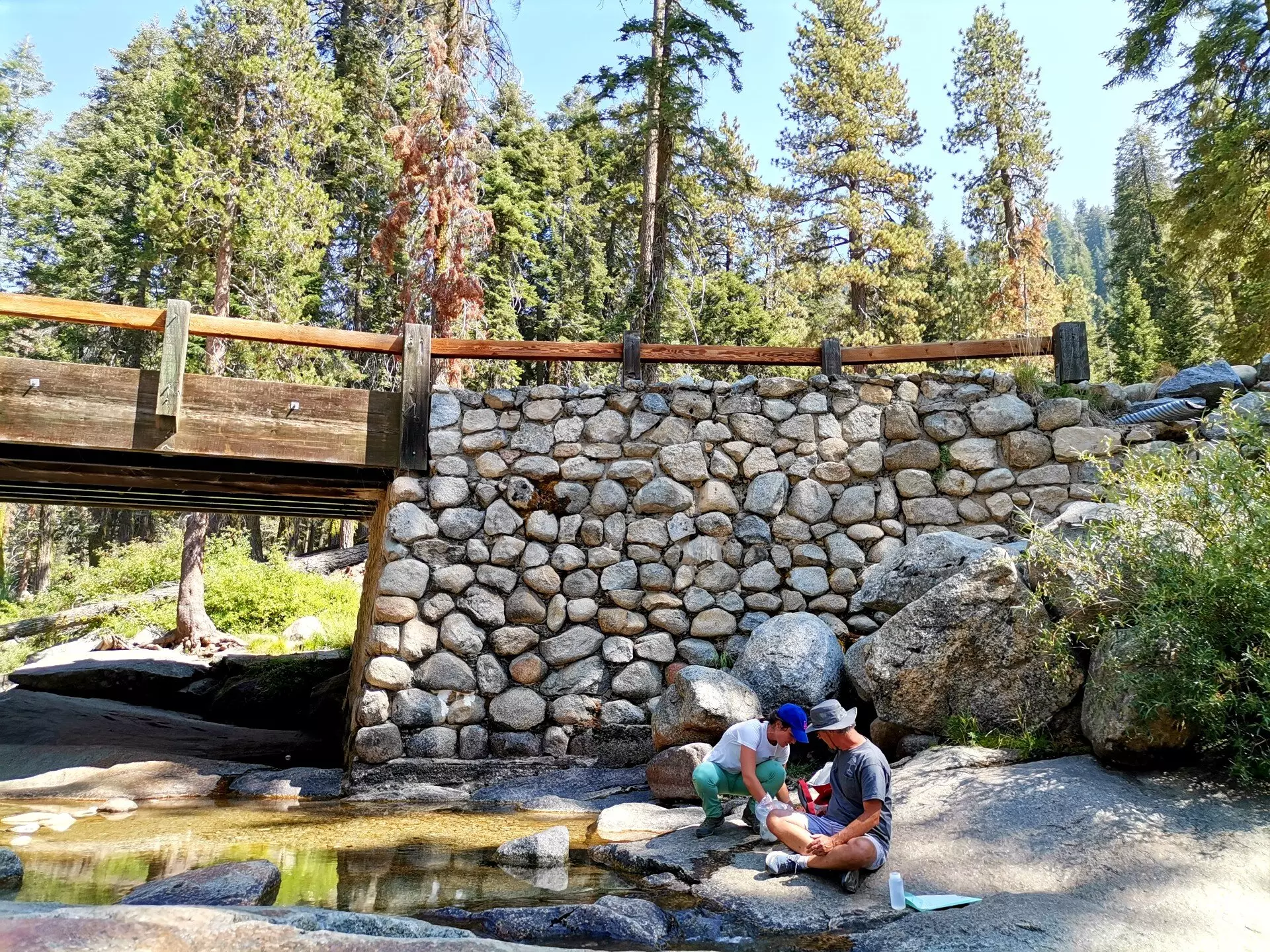California’s Central Valley, often heralded as “America’s breadbasket,” is the backbone of agricultural production in the United States. However, as climate change intensifies and drought becomes a more prevalent concern, the reliance on water resources has come under scrutiny. New research underscores a critical connection between the Sierra Nevada mountains and the Central Valley that has been previously underappreciated. While it has long been accepted that the Sierras play a role in the water supply for the valley, a recent study led by researchers at UC Riverside reveals that nearly half of the groundwater supporting this fertile expanse originates from the Sierra Nevada watershed.
Groundwater is a precious resource, hidden beneath the surface and often taken for granted. It serves as the primary source of irrigation for many farmers in the valley, making it essential for the cultivation of crops that feed millions. Understanding the dynamics between surface water sources and this subterranean reservoir is crucial for sustainable agricultural practices.
Unveiling the Connection
The groundbreaking study, published in the journal Water Resources Research, dives deeper into the interconnectedness of the Central Valley aquifer and Sierra Nevada groundwater. The findings indicate that as much as 53% of the water utilized in the southern Central Valley aquifer is sourced from these mountains, revealing a complex and vital relationship. Sandra Armengol, the study’s first author, highlights the significant degree of connectivity between these two ecosystems, which had been presumed yet unquantified until now.
The study employed an intricate methodology to draw these conclusions, utilizing samples from the U.S. Geological Survey that encompassed both the valley and mountain wells. By analyzing the chemical constituents of this water—including isotopes, calcium, and sulfate levels—the researchers were able to determine not only the age of the water but also its origins. This approach is akin to solving a mystery where every chemical signature is a clue that paints a broader picture of our water system.
Aging Water and Sustainability Concerns
What is particularly alarming about the study is the age diversity of the groundwater flowing from the Sierras to the Central Valley. The researchers found a mix of water that ranged from a mere four years old to more than 40,000 years old, indicating that replenishment of these resources is a slow process. This raises extensive concerns about the sustainability of the aquifer, especially as aggressive pumping for agricultural use has accelerated the depletion of this critical resource.
Hoori Ajami, an associate professor of groundwater hydrology at UC Riverside, warns that the current rates of groundwater extraction far exceed the natural recharge capabilities of the aquifer, driven in part by severe droughts from 2012 to 2016. This unsustainable practice has triggered incidents of land subsidence, impacting existing infrastructure and water delivery systems, underscoring the urgency of addressing this issue.
Legislative Measures and the Path Forward
In light of these challenges, former Governor Jerry Brown’s Sustainable Groundwater Management Act, enacted in 2014, sought to mitigate the looming crisis. This legislation mandates the development of groundwater sustainability plans for basins facing over-extraction. While it marks a significant step forward, experts like Armengol argue that more aggressive and informed strategies are essential to ensure the viability of California’s water resources.
Understanding how much water enters and exits an aquifer is key to managing it effectively. Ajami likens this to managing a financial budget—sustainability hinges on a balance between income (natural recharge) and expenditure (extraction). For an already over-drafted aquifer like that of the Central Valley, there is a pressing need for comprehensive studies to gauge recharge rates. Only then can effective measures be implemented to ensure this irreplaceable resource does not reach an irreversible point of depletion.
As California continues to grapple with climate challenges and increasing agricultural demands, the insights from this groundbreaking research offer a glimmer of hope. By shedding light on the profound relationship between the Sierra Nevada mountains and the Central Valley aquifer, we can begin to craft more sustainable water management practices that honor this crucial water cycle.


Leave a Reply